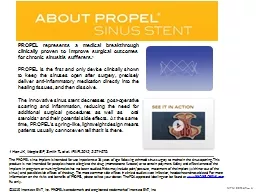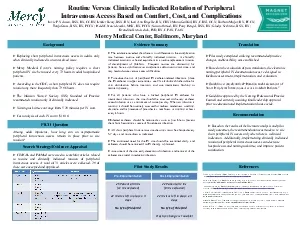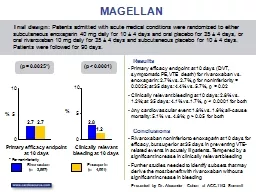PPT-Paving the Road Toward Setting Clinically Relevant Drug Product
Author : alexa-scheidler | Published Date : 2018-10-31
Specifications Biopharmaceutics Perspective on Information Needed Approach and Criteria Sandra Suarez Sharp Ph D FDAOPQONDPDivision of Biopharmaceutics
Presentation Embed Code
Download Presentation
Download Presentation The PPT/PDF document "Paving the Road Toward Setting Clinicall..." is the property of its rightful owner. Permission is granted to download and print the materials on this website for personal, non-commercial use only, and to display it on your personal computer provided you do not modify the materials and that you retain all copyright notices contained in the materials. By downloading content from our website, you accept the terms of this agreement.
Paving the Road Toward Setting Clinically Relevant Drug Product: Transcript
Download Rules Of Document
"Paving the Road Toward Setting Clinically Relevant Drug Product"The content belongs to its owner. You may download and print it for personal use, without modification, and keep all copyright notices. By downloading, you agree to these terms.
Related Documents














